Home>Technology>Security & Surveillance>What Is The Part Of The Door Called That The Lock Goes Into
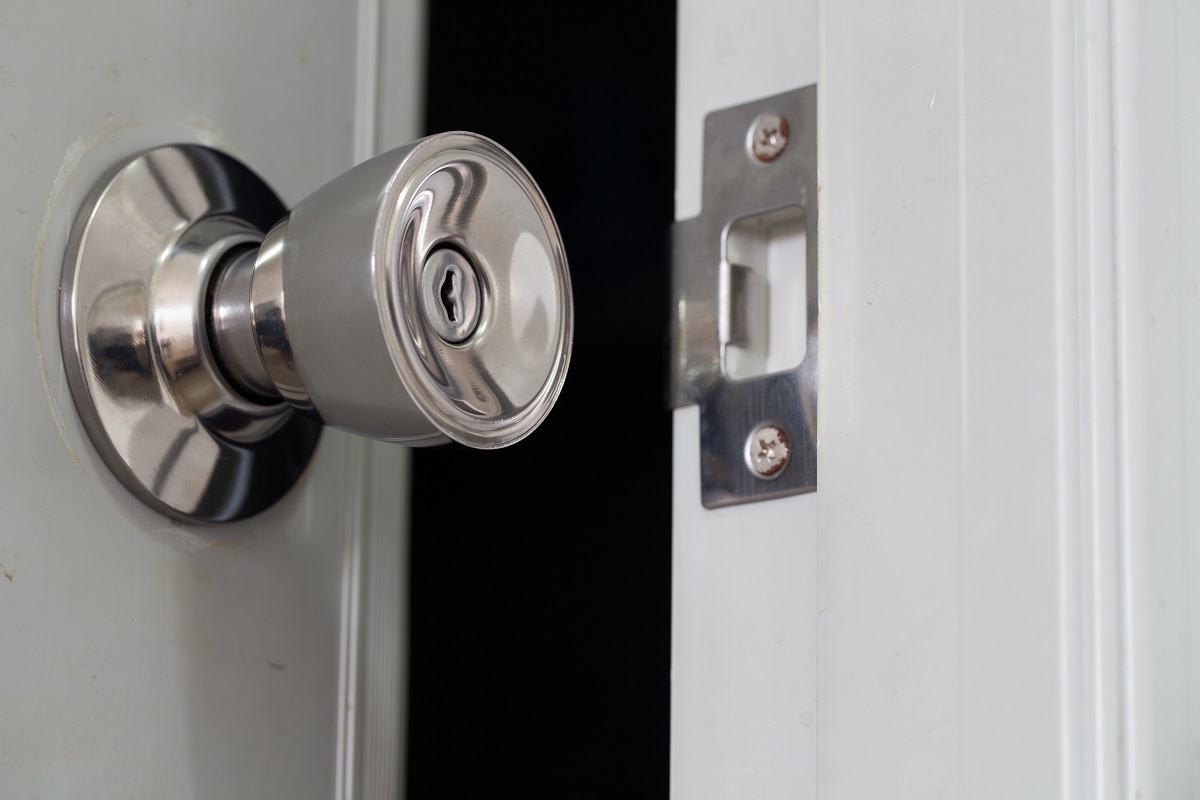

Security & Surveillance
What Is The Part Of The Door Called That The Lock Goes Into
Published: December 26, 2023
Discover the essential part of a door where the lock is inserted for enhanced security and surveillance. Learn about the components that ensure your safety.
(Many of the links in this article redirect to a specific reviewed product. Your purchase of these products through affiliate links helps to generate commission for Storables.com, at no extra cost. Learn more)
**
Introduction
**
When it comes to home security, doors play a pivotal role in safeguarding our homes and loved ones. The effectiveness of a door's security is greatly influenced by its components and mechanisms. Understanding the various parts of a door and how they contribute to its security can help homeowners make informed decisions when it comes to enhancing their home's safety measures. In this comprehensive guide, we will delve into the anatomy of a door, explore the intricacies of door locks, and shed light on the specific part of the door that the lock engages with. By the end of this article, you will have a deeper understanding of the crucial elements that keep your home secure and protected. Let's embark on this enlightening journey through the world of door security.
**
Key Takeaways:
- The part of the door where the lock goes is called the “strike plate.” It’s like the bodyguard of the lock, making sure the door stays strong and secure against any unwanted visitors.
- Choosing a strong and properly installed strike plate is super important for keeping your home safe. It works with the lock to make sure your door is like a fortress, protecting you and your family.
Read more: What Is A Door Lock Called
Anatomy of a Door
**
Before we unravel the part of the door that the lock engages with, it’s essential to familiarize ourselves with the fundamental components that constitute a door. Understanding the anatomy of a door provides valuable insight into how each part functions and contributes to the overall security of the entryway.
1. Door Frame: The door frame forms the structural support for the entire door system. It provides stability and ensures that the door fits securely within the frame, preventing unauthorized access.
2. Door Leaf: Also known as the door panel, the door leaf is the movable part of the door that swings open and closed. It serves as the primary barrier between the interior and exterior of a building.
3. Hinges: These are the mechanisms that allow the door to swing open and closed. Hinges are often installed on the side of the door and play a crucial role in supporting the door leaf’s movement.
4. Threshold: The threshold is the bottom portion of the door frame that forms the base of the doorway. It helps to maintain the structural integrity of the door and prevents debris and drafts from entering the building.
5. Weather Stripping: This component is designed to seal the gaps around the door, providing insulation and protection against external elements such as rain, wind, and dust.
6. Door Stop: The door stop is a small strip located on the door frame, serving to prevent the door from swinging too far in either direction and causing damage to the surrounding walls or furniture.
Understanding the various elements that make up a door lays the groundwork for comprehending how a door lock integrates with these components to fortify the security of a property. Next, we will delve into the intricate world of door locks and their pivotal role in safeguarding homes and businesses.
**
Understanding Door Locks
**
Door locks are the cornerstone of home security, providing a crucial line of defense against unauthorized access and intrusions. A reliable door lock not only deters potential threats but also offers peace of mind to homeowners, knowing that their property is safeguarded. To grasp the significance of the part of the door that the lock engages with, it’s essential to comprehend the different types of door locks and their mechanisms.
1. Deadbolt Locks: These are one of the most common types of door locks, known for their robustness and resistance to forced entry. Deadbolts extend deep into the door frame, making them highly secure and reliable.
2. Knob Locks: Often found in conjunction with deadbolts, knob locks are integrated into the door handle and provide an additional layer of security. While they offer convenience, they are not as secure as deadbolts and should not be relied upon as the sole locking mechanism.
3. Smart Locks: With advancements in technology, smart locks have emerged as a modern solution for home security. These locks can be remotely controlled and monitored via smartphone applications, offering convenience and enhanced access control.
4. Mortise Locks: Commonly found in commercial and high-security applications, mortise locks are intricately designed to fit into the door’s mortise pocket, providing exceptional strength and durability.
5. Keyless Entry Systems: Keyless entry systems eliminate the need for traditional keys, utilizing methods such as keypads, biometric scanners, or proximity cards to grant access. These systems offer convenience and heightened security.
Understanding the diverse range of door locks empowers homeowners to make informed choices based on their specific security needs and preferences. Now, let’s delve into the specific part of the door that the lock engages with, shedding light on its role in fortifying the security of a property.
**
The part of the door that the lock goes into is called the “strike plate.” It is usually attached to the door frame and helps secure the door when it is closed and locked.
The Part of the Door That the Lock Goes Into
**
At the heart of a door’s security lies the crucial component where the lock is installed. This integral part of the door, known as the strike plate, is often overlooked despite its significant role in fortifying the locking mechanism. The strike plate is the metal plate affixed to the door jamb, into which the bolt of the lock protrudes when the door is closed and locked. While seemingly unassuming, the strike plate is instrumental in ensuring the effectiveness of the door lock and enhancing overall security.
Functions of the Strike Plate:
1. Reinforcement: The strike plate reinforces the area of the door jamb where the bolt of the lock secures the door. It serves as a sturdy anchor point, distributing the force of any attempted forced entry and preventing the door from being easily compromised.
2. Alignment: Proper alignment of the strike plate is essential for the smooth operation of the door lock. It ensures that the bolt of the lock seamlessly enters the strike plate’s receptacle, allowing for secure locking and unlocking without any resistance or misalignment.
3. Security Enhancement: By providing a robust connection point for the lock’s bolt, the strike plate significantly enhances the door’s resistance to physical attacks, such as kicking or prying, thereby bolstering the overall security of the entryway.
Types of Strike Plates:
1. Full Lip Strike Plate: This type of strike plate features a full-length lip that extends along the edge of the door jamb, providing maximum reinforcement and security for the lock bolt.
2. T-Strike Plate: The T-strike plate is characterized by a protruding tab in the shape of a “T,” offering added strength and resistance against forced entry attempts.
3. Security Strike Plate: Designed for ultimate security, this type of strike plate is equipped with longer screws that anchor deep into the door frame, further fortifying the connection between the lock and the door jamb.
By understanding the pivotal role of the strike plate and the various types available, homeowners can make informed decisions when it comes to fortifying their door’s security. Investing in a high-quality strike plate and ensuring its proper installation can significantly enhance the effectiveness of the door lock and elevate the overall security of a property.
**
Conclusion
**
As we conclude our exploration of the part of the door that the lock engages with, it becomes evident that the often-overlooked strike plate plays a critical role in fortifying the security of a door. By understanding the functions and significance of the strike plate, homeowners can take proactive steps to enhance their home security measures and bolster the effectiveness of their door locks.
When evaluating the security of a door, it’s essential to consider the synergy between the door lock and the strike plate, as they work in tandem to provide a robust defense against unauthorized access and intrusions. Investing in a high-quality strike plate and ensuring its proper alignment and installation can make a substantial difference in the overall security of a property.
Furthermore, the diverse range of door locks available, from traditional deadbolts to cutting-edge smart lock systems, offers homeowners the flexibility to choose security solutions that align with their specific needs and preferences. By staying informed about the latest advancements in door lock technology, individuals can make informed decisions to safeguard their homes and loved ones.
Ultimately, the part of the door that the lock engages with serves as a linchpin in the security infrastructure of a property. Its role in reinforcing the connection between the door lock and the door jamb cannot be overstated, making it a vital component in the overall security strategy of any building.
As we navigate the ever-evolving landscape of home security, understanding the nuances of door components and locks empowers individuals to proactively protect their living spaces. By prioritizing the integrity of the door’s locking mechanism and investing in high-quality security components, homeowners can create a safe and secure environment for themselves and their families.
Let us continue to explore, innovate, and prioritize security to ensure that our homes remain safe havens in an unpredictable world.
Frequently Asked Questions about What Is The Part Of The Door Called That The Lock Goes Into
Was this page helpful?
At Storables.com, we guarantee accurate and reliable information. Our content, validated by Expert Board Contributors, is crafted following stringent Editorial Policies. We're committed to providing you with well-researched, expert-backed insights for all your informational needs.

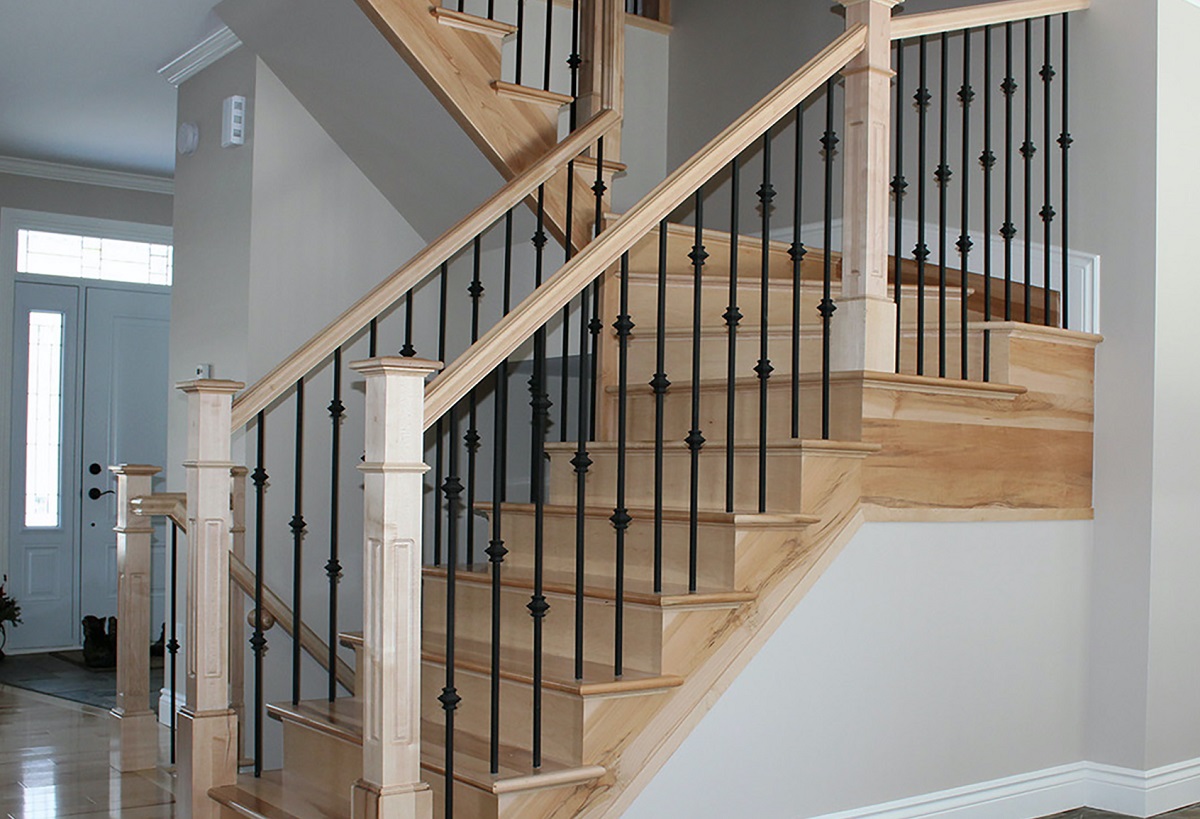
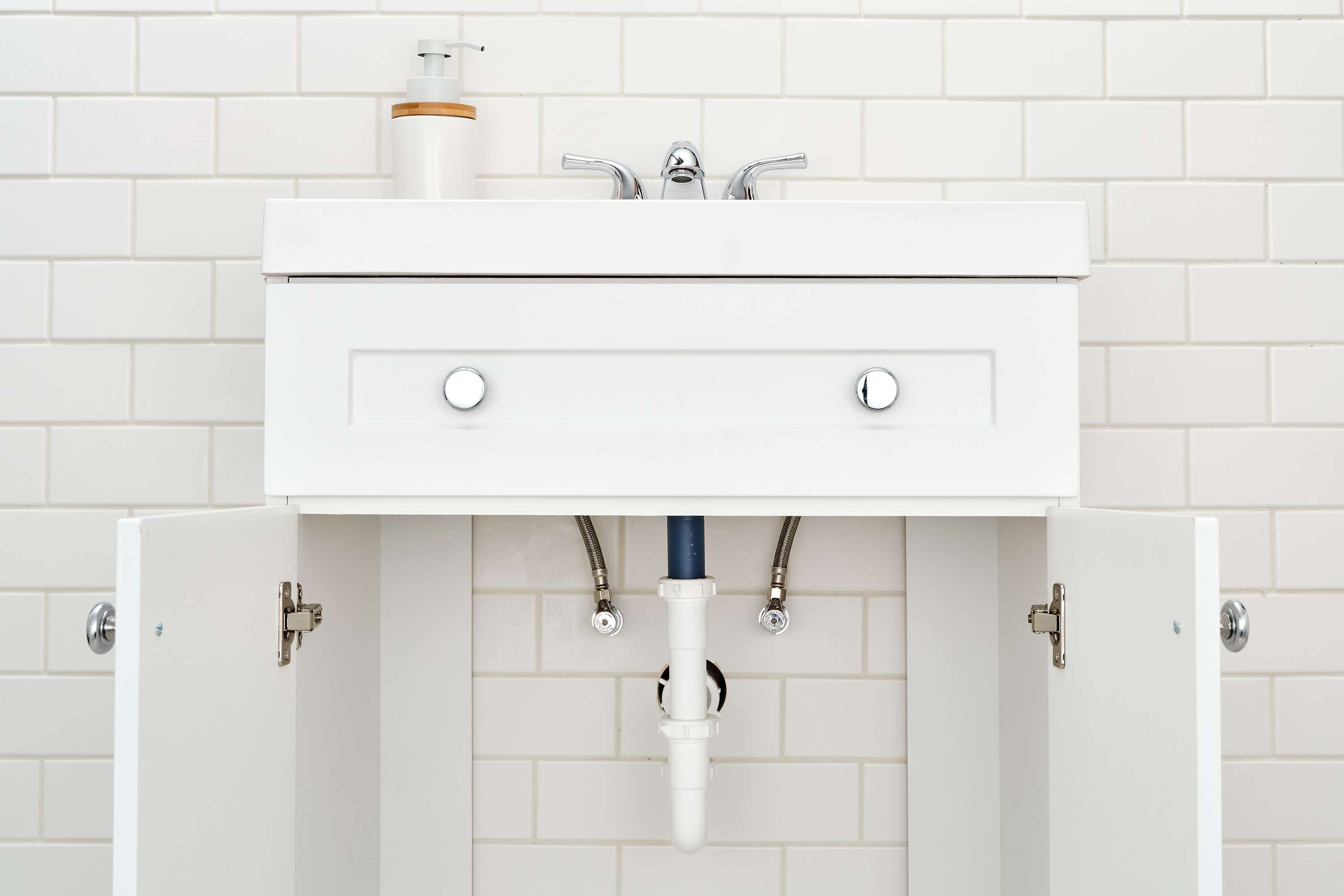
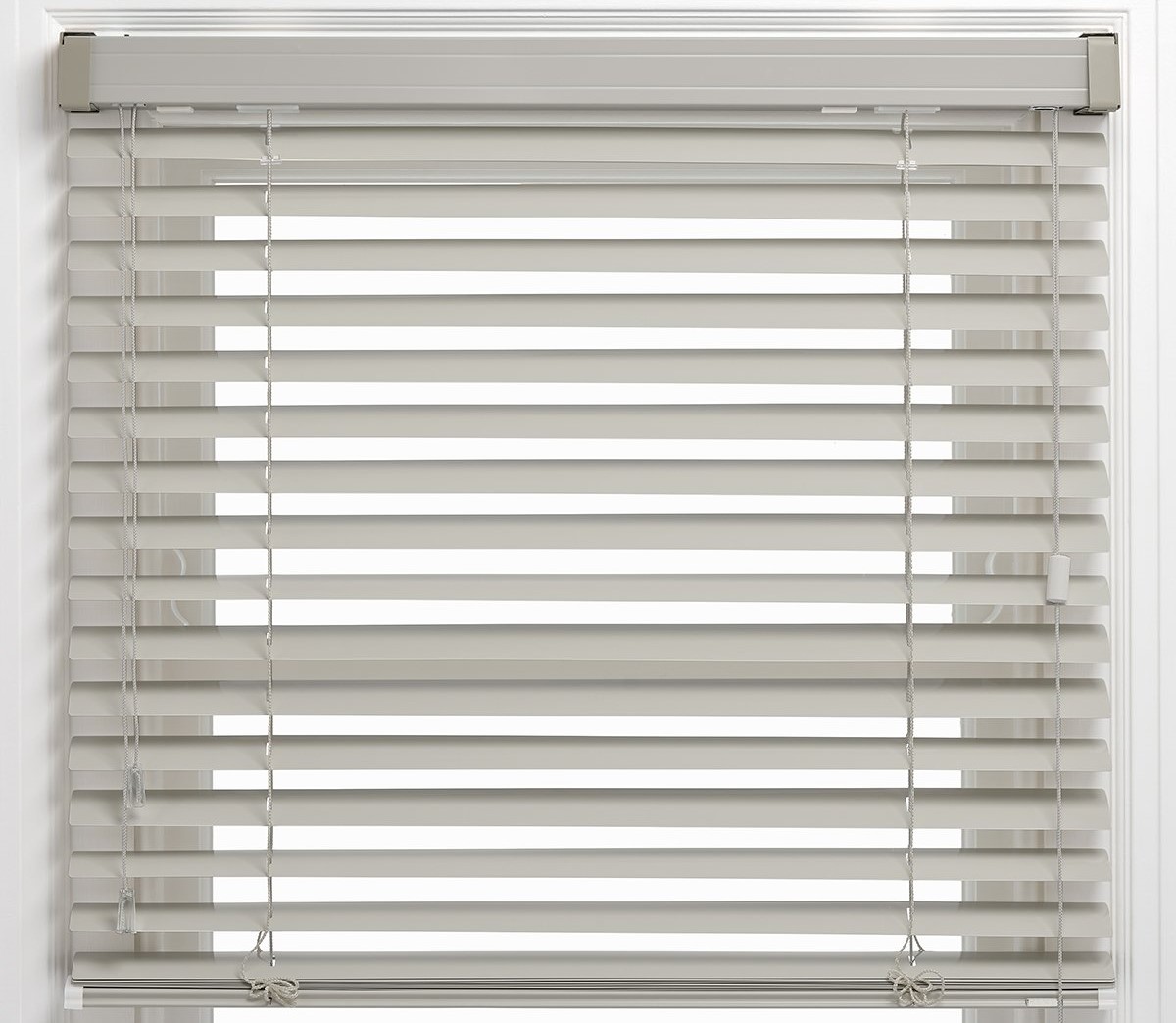
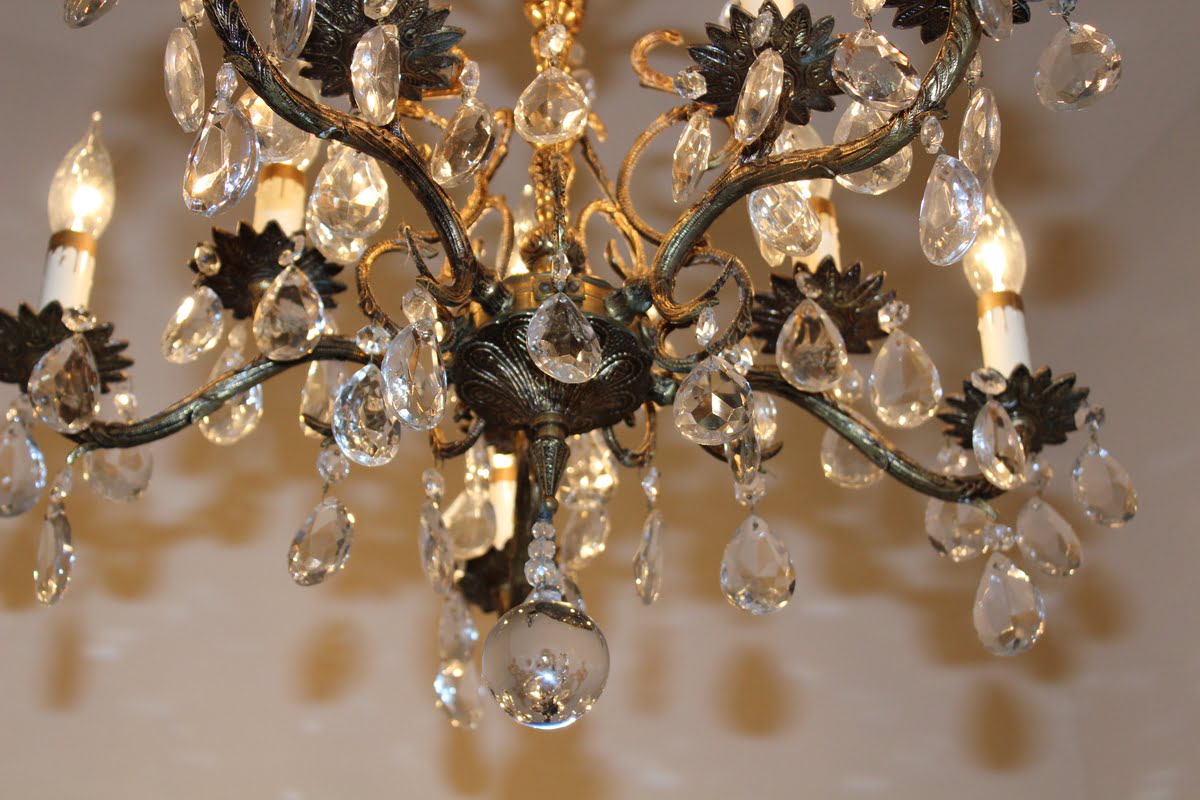
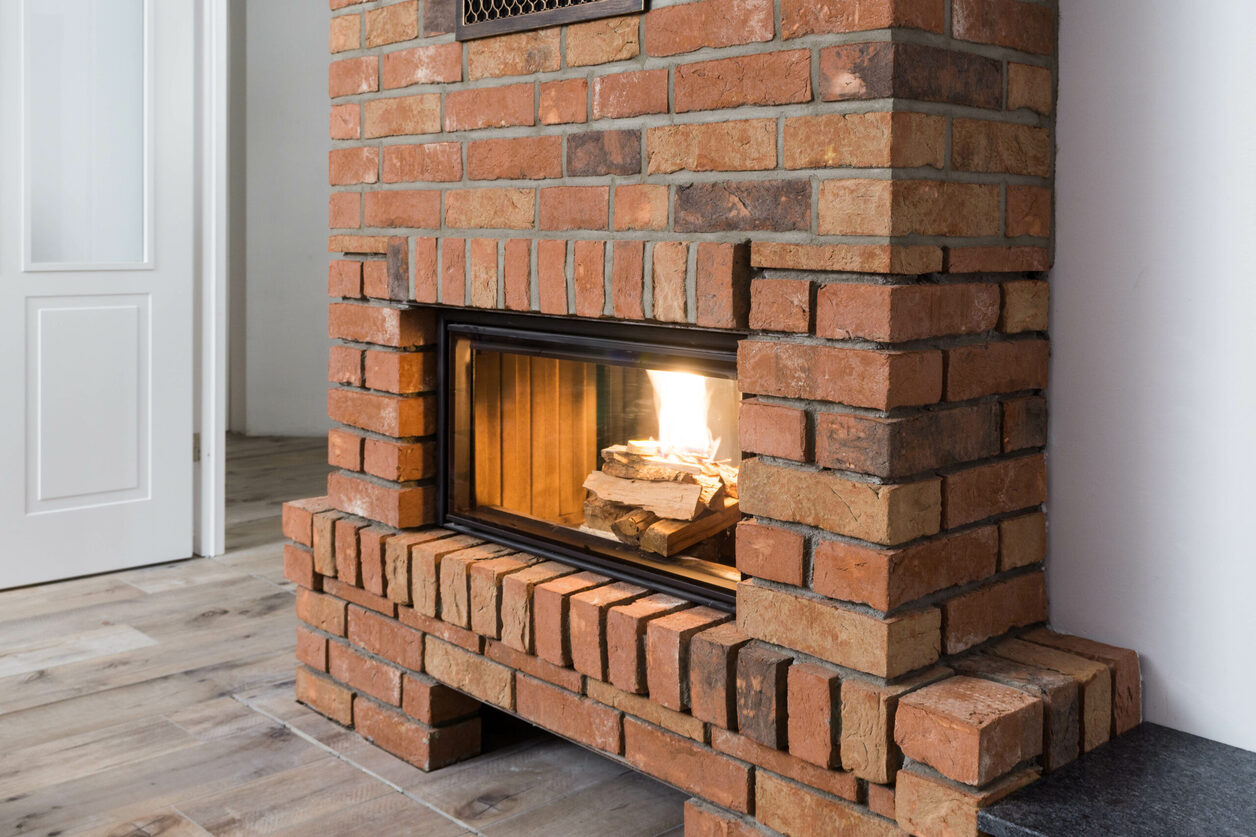

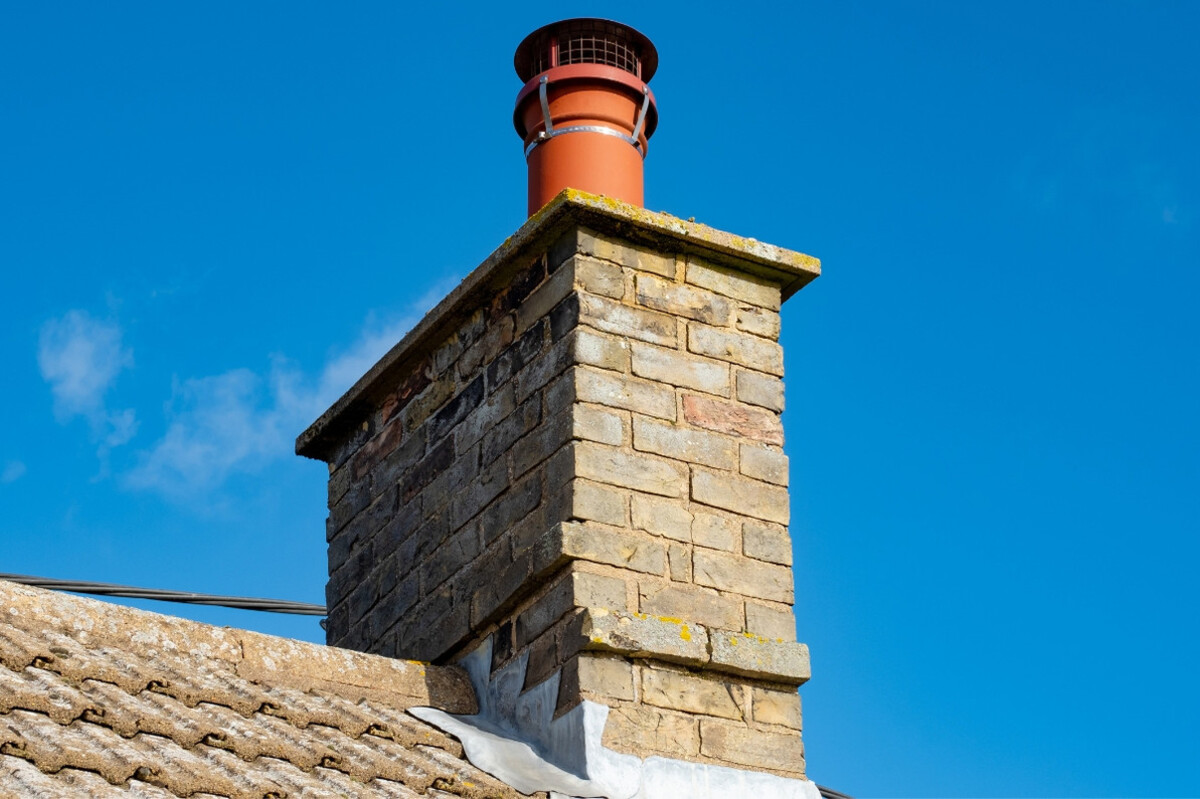

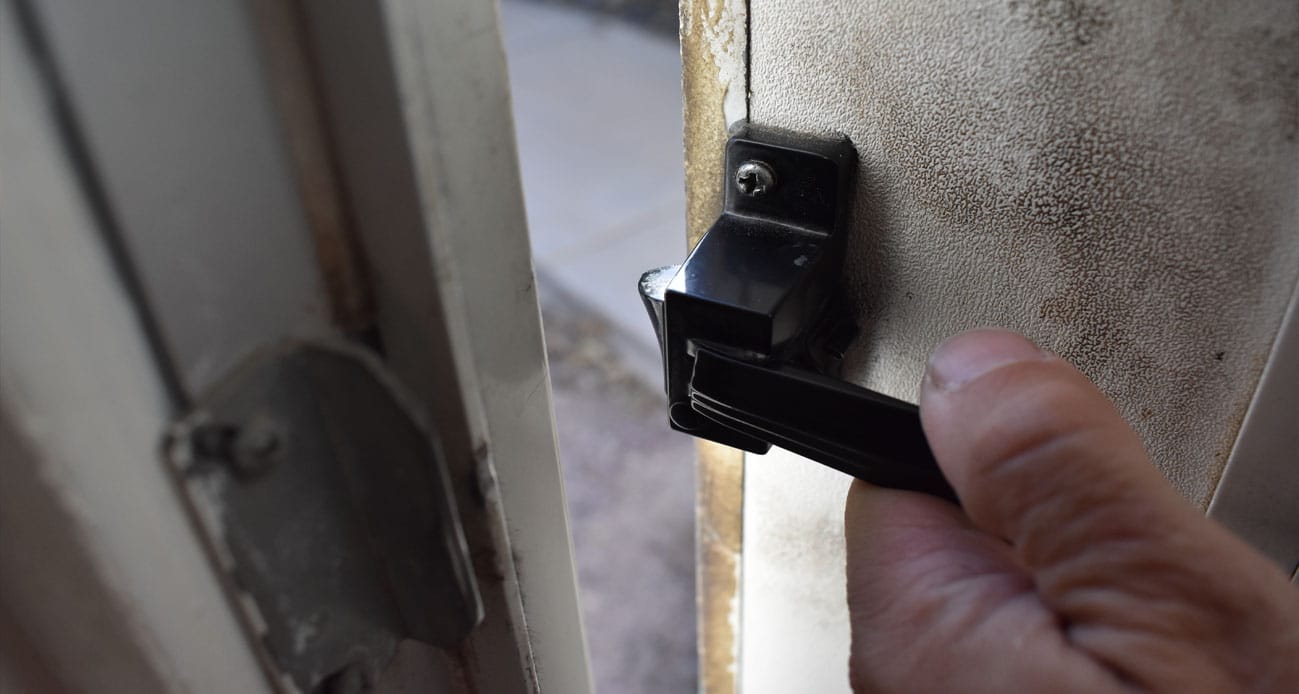
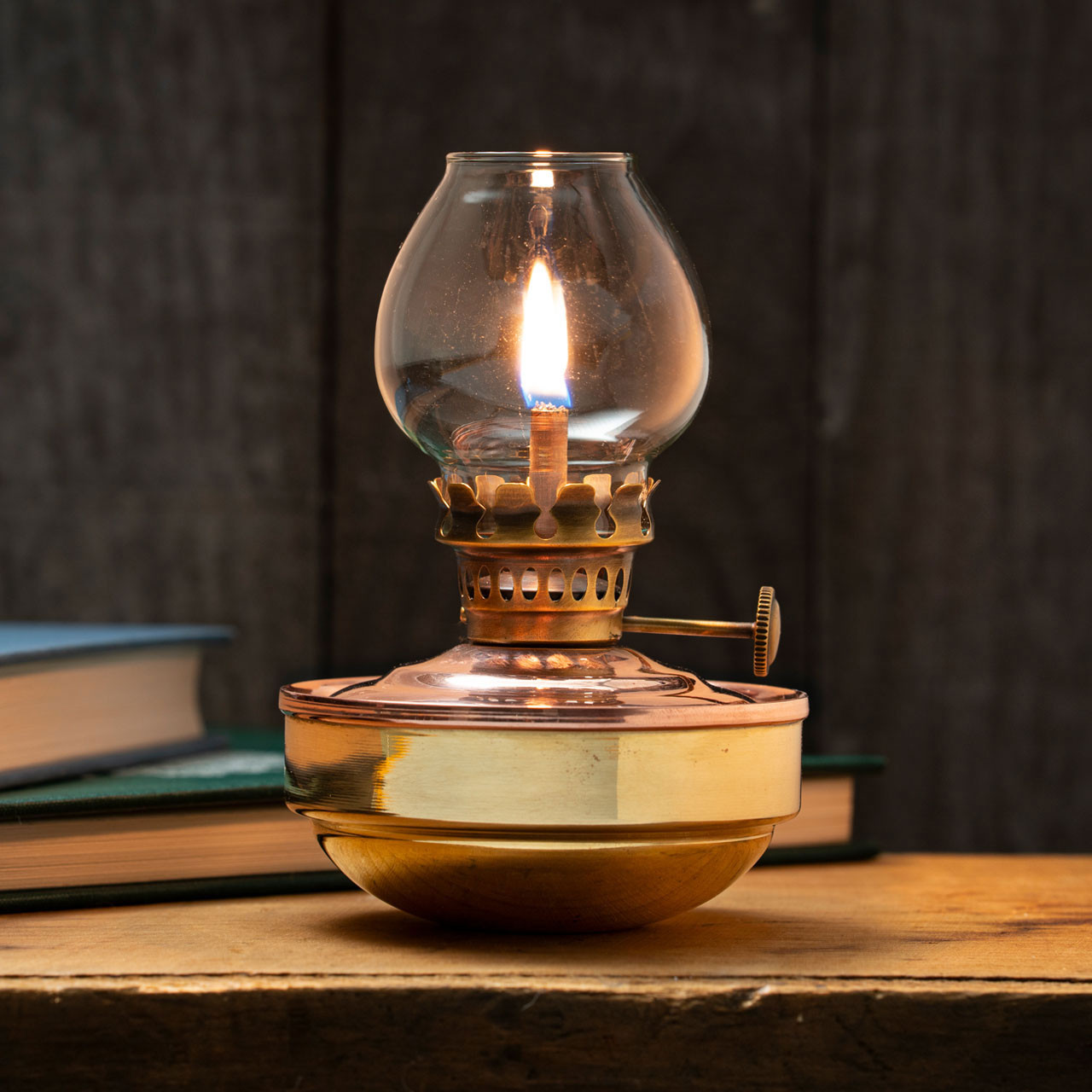
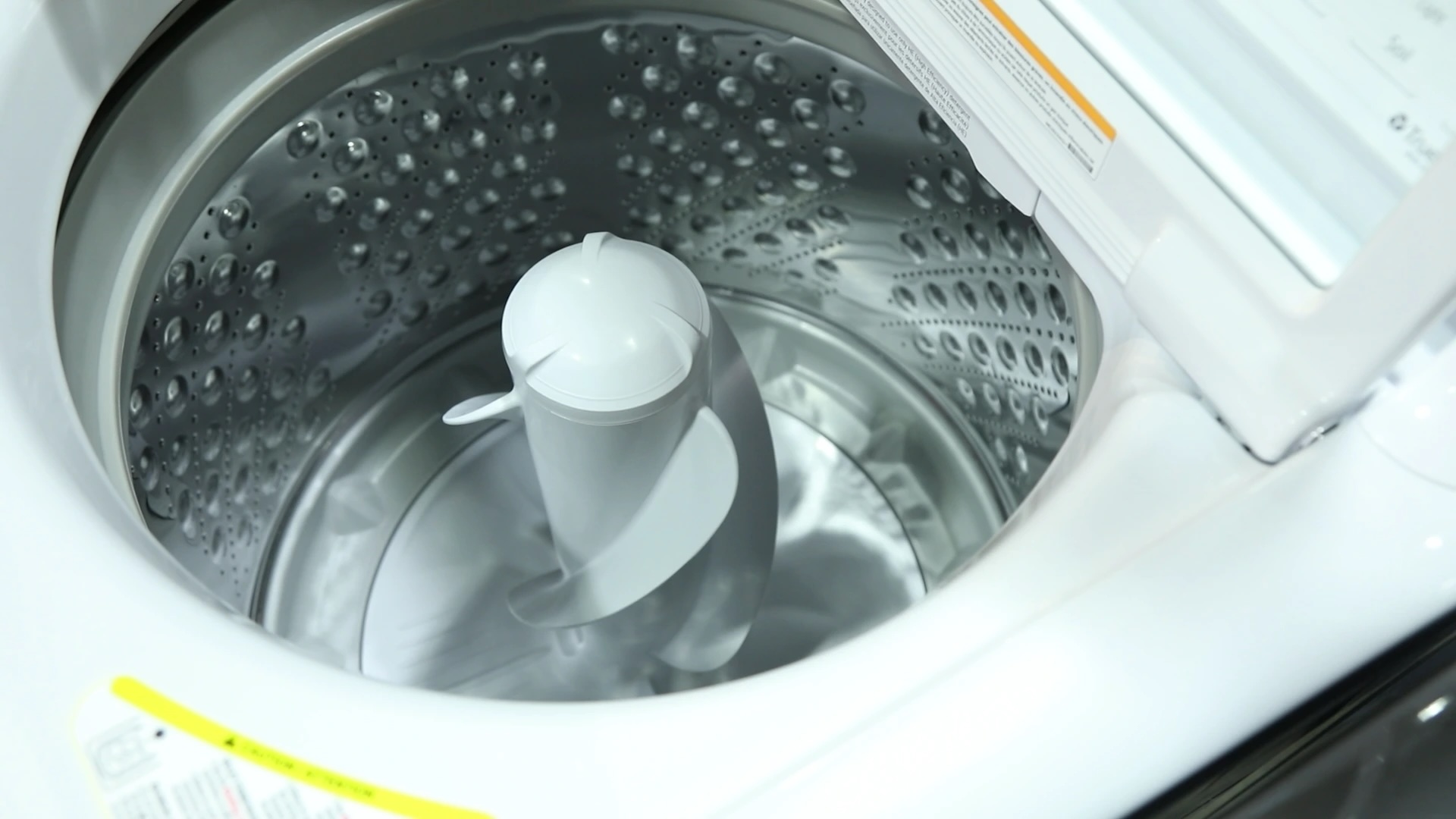

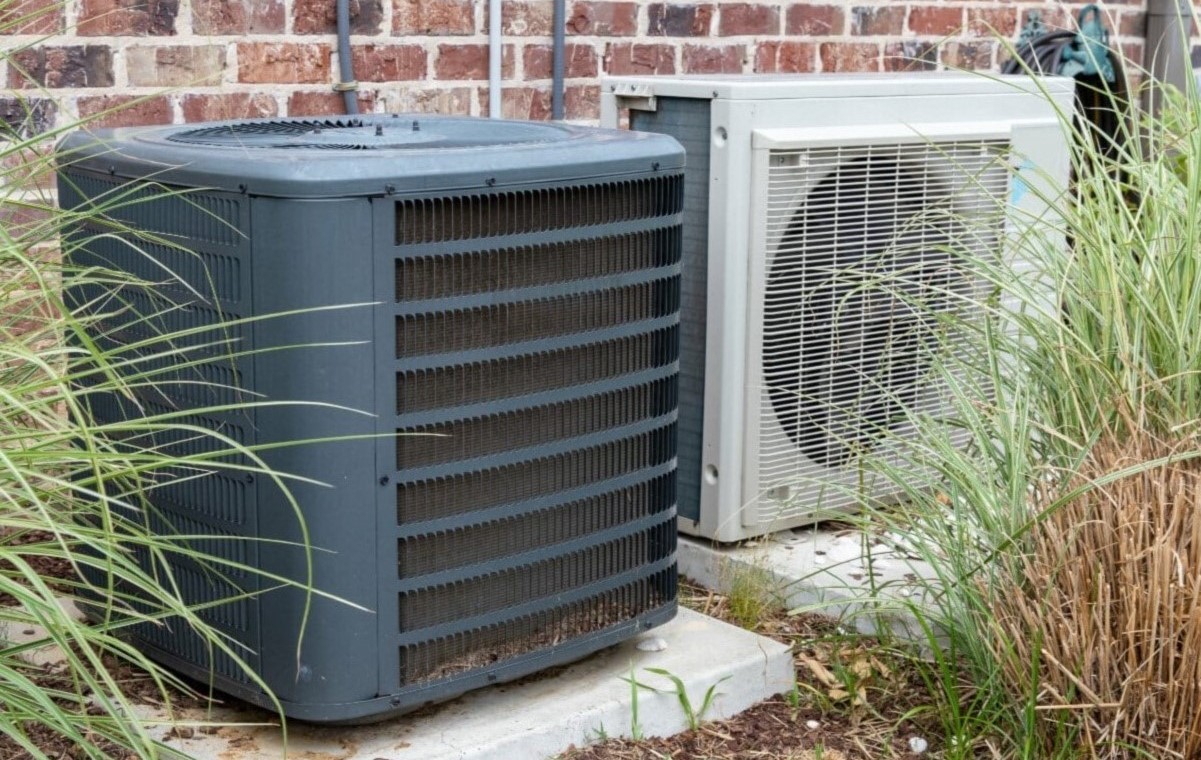
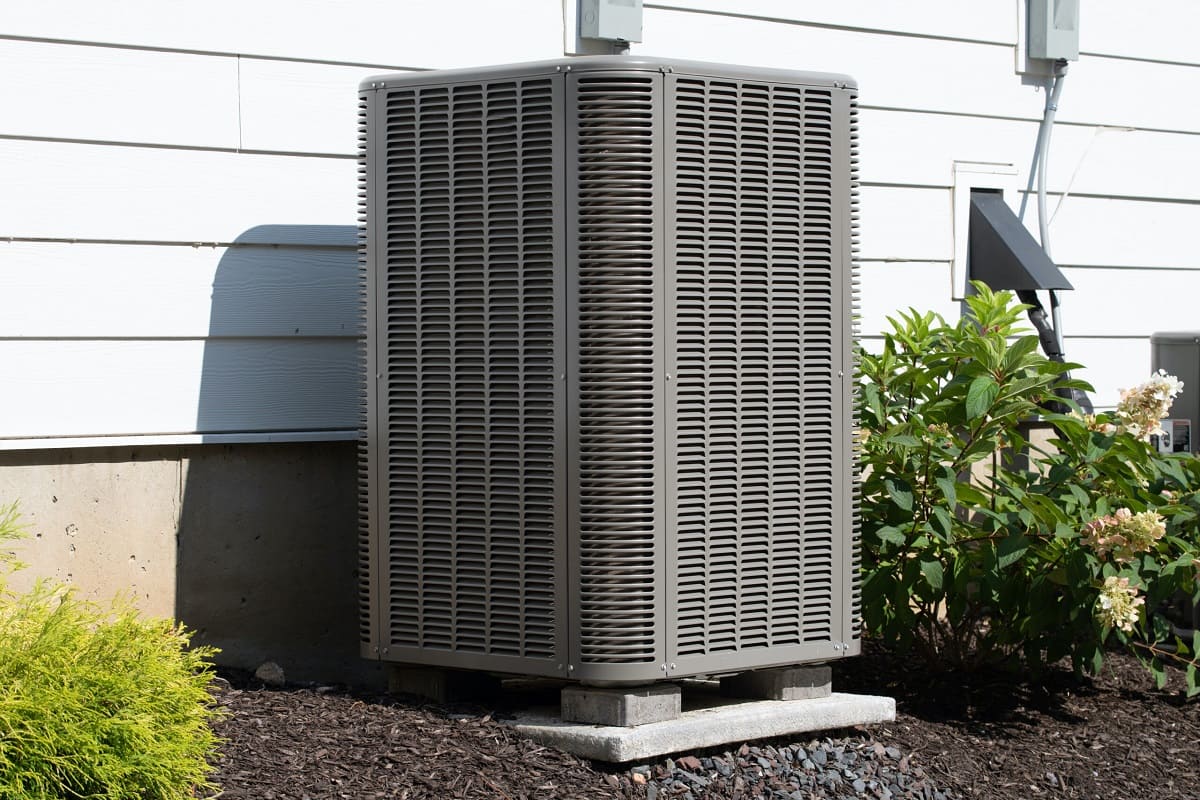

0 thoughts on “What Is The Part Of The Door Called That The Lock Goes Into”